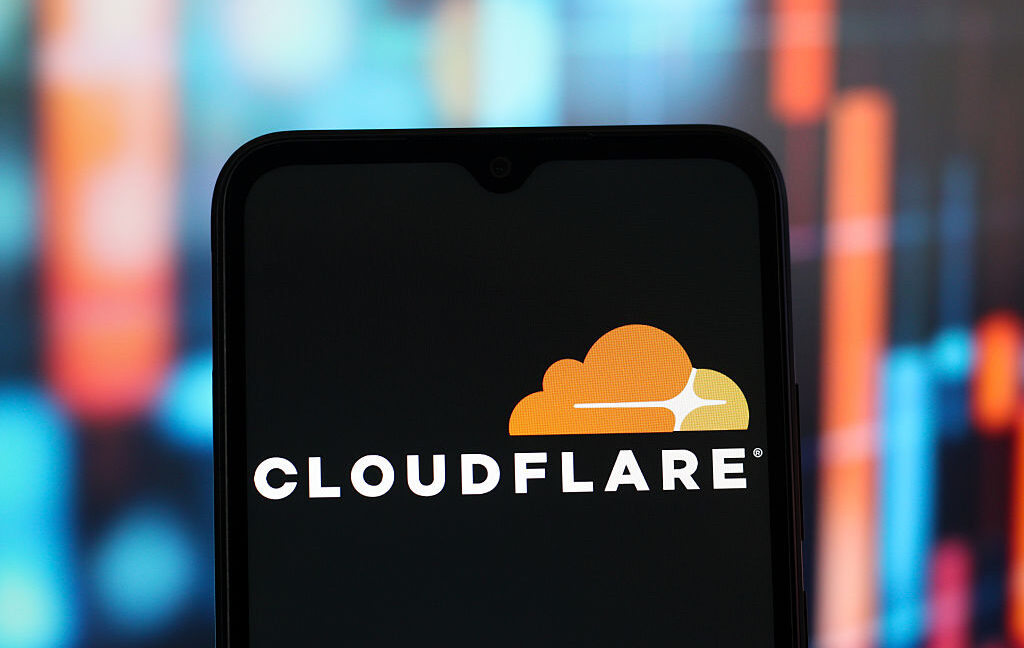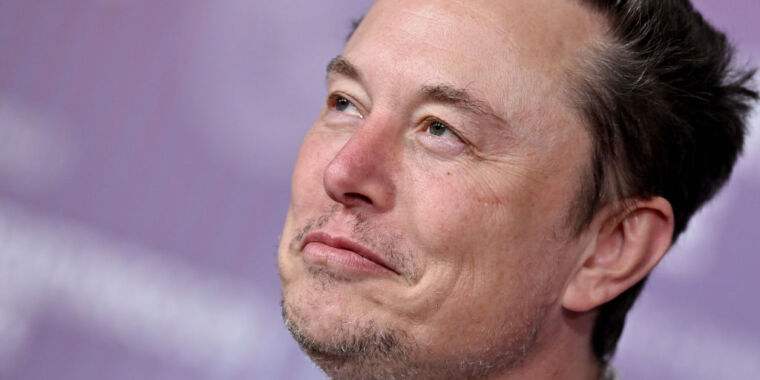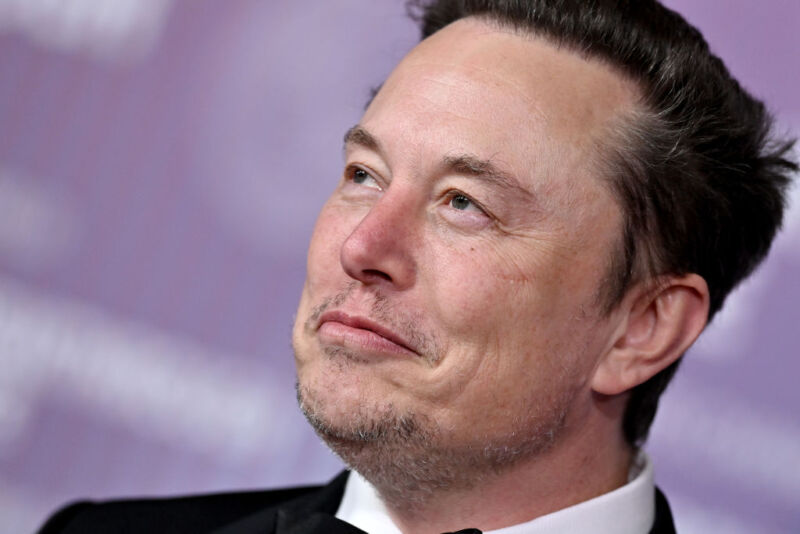Pay up or stop scraping: Cloudflare program charges bots for each crawl
“Imagine asking your favorite deep research program to help you synthesize the latest cancer research or a legal brief, or just help you find the best restaurant in Soho—and then giving that agent a budget to spend to acquire the best and most relevant content,” Cloudflare said, promising that “we enable a future where intelligent agents can programmatically negotiate access to digital resources.”
AI crawlers now blocked by default
Cloudflare’s announcement comes after rolling out a feature last September, allowing website owners to block AI crawlers in a single click. According to Cloudflare, over 1 million customers chose to block AI crawlers, signaling that people want more control over their content at a time when Cloudflare observed that writing instructions for AI crawlers in robots.txt files was widely “underutilized.”
To protect more customers moving forward, any new customers (including anyone on a free plan) who sign up for Cloudflare services will have their domains, by default, set to block all known AI crawlers.
This marks Cloudflare’s transition away from the dreaded opt-out models of AI scraping to a permission-based model, which a Cloudflare spokesperson told Ars is expected to “fundamentally change how AI companies access web content going forward.”
In a world where some website owners have grown sick and tired of attempting and failing to block AI scraping through robots.txt—including some trapping AI crawlers in tarpits to punish them for ignoring robots.txt—Cloudflare’s feature allows users to choose granular settings to prevent blocks on AI bots from impacting bots that drive search engine traffic. That’s critical for small content creators who want their sites to still be discoverable but not digested by AI bots.
“AI crawlers collect content like text, articles, and images to generate answers, without sending visitors to the original source—depriving content creators of revenue, and the satisfaction of knowing someone is reading their content,” Cloudflare’s blog said. “If the incentive to create original, quality content disappears, society ends up losing, and the future of the Internet is at risk.”
Disclosure: Condé Nast, which owns Ars Technica, is a partner involved in Cloudflare’s beta test.
This story was corrected on July 1 to remove publishers incorrectly listed as participating in Cloudflare’s pay-per-crawl beta.
Pay up or stop scraping: Cloudflare program charges bots for each crawl Read More »


